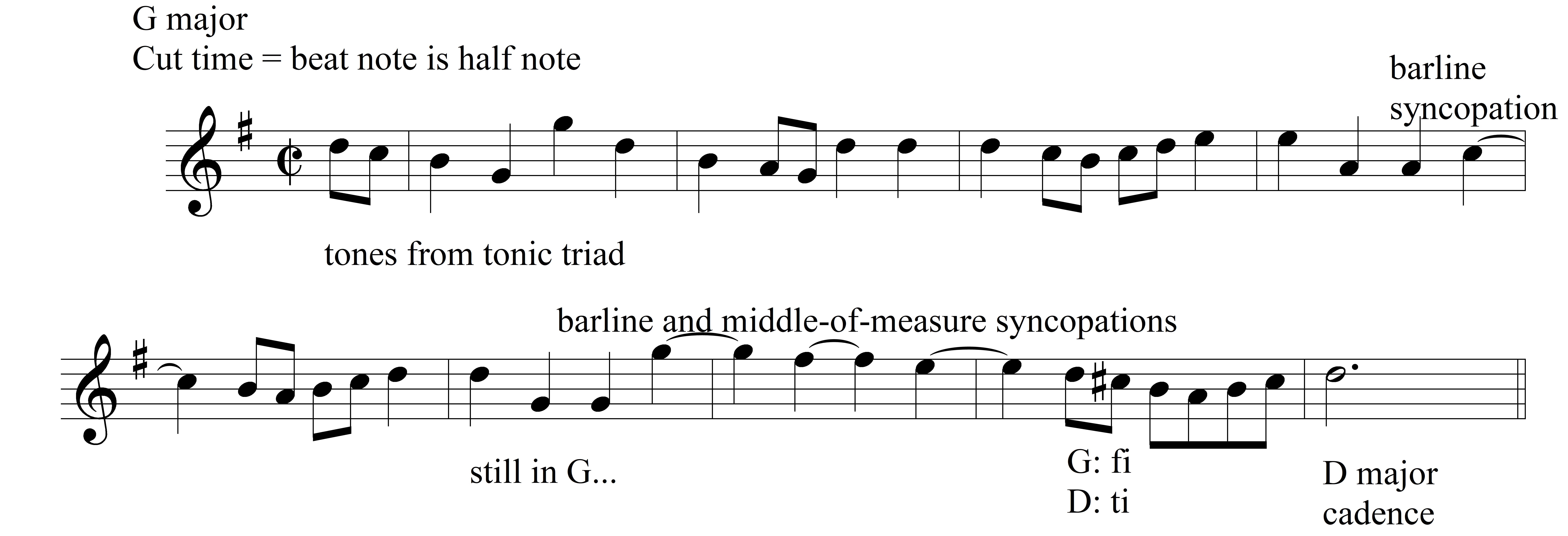Integrated Aural Skills 2019-20
Midterm Exam Sample Questions for Home Practice
Playlist: “UI Aural Skills IV Midterm Preparation” by “mirandawilson”
Intervals
- All compound melodic intervals, ascending and descending
- All compound harmonic intervals
- Review recommended contextual solfege from Unit 1, 3, 4, and 5
Annotated Intervals Practice Examples

Scales
- All major and minor (natural, melodic, harmonic) scales
- All modes (Ionian, Dorian, Phrygian, Lydian, Mixolydian, Aeolian, Locrian)
- Practice on piano and sing all modes in ascending and descending motion.
- Practice notating all modes in all keys and all clefs
Annotated Scales Practice Examples

Chords
- All triads (major, minor, diminished, augmented); all inversions (root position, first inversion, second inversion)
- Practice all triads and inversions on the piano, using the principles of part-writing you have studied in Theory IV.
- Study all the intervals that are inherent to the four different types of triads – and their inversions.
Annotated Chords Practice Examples

Rhythmic Dictation
- All simple and compound time signatures
- All divisions and subdivisions of the beat
- Syncopations (within a beat, crossing the beat, crossing the barline)
- Practice all rhythm examples from Rogers & Ottman textbook. With a partner, practice having one person chant the rhythm and the other write it down as a dictation. Remember, success in rhythmic dictation comes from knowing what rhythm looks like on the page, as well as understanding what it sounds like.
- Questions to ask include number of beats in the measure, beat note, possible divisions and subdivisions of the beat.
- Conduct with your non-writing hand, and take notes on the salient features of the dictation as shown below.
Annotated Rhythm Practice Example

Melodic Dictation
- May be in simple or compound time
- May include syncopations and other forms of rhythmic complexity
- Will include tonicization and/or modulation to the commonest destinations
- Study examples in Rogers and Ottman. Where are the “pivots”? How do we know a modulation has taken place?
Annotated Melodic Dictation Practice Example
 (Example comes from J. S. Bach’s Sonata No. 1 for viola da gamba and harpsichord BWV 1027, 4th movement.)
(Example comes from J. S. Bach’s Sonata No. 1 for viola da gamba and harpsichord BWV 1027, 4th movement.)
Harmonic Dictation
- Will include secondary dominants
- May be in a major or minor key
- Will conform to the rules of chord progression that we studied in Unit 9
- Will conform to the rules of voice-leading in four-part writing that you study in Theory IV
Annotated Harmonic Dictation Practice Example
 (Example comes from J. S. Bach’s Sonata No. 1 for viola da gamba and harpsichord BWV 1027, 4th movement.)
(Example comes from J. S. Bach’s Sonata No. 1 for viola da gamba and harpsichord BWV 1027, 4th movement.)